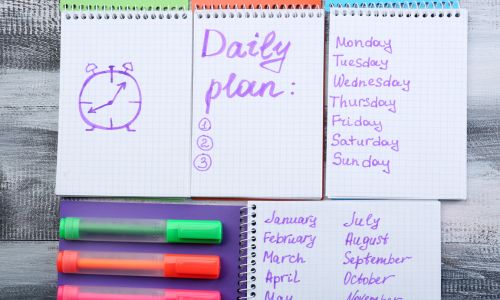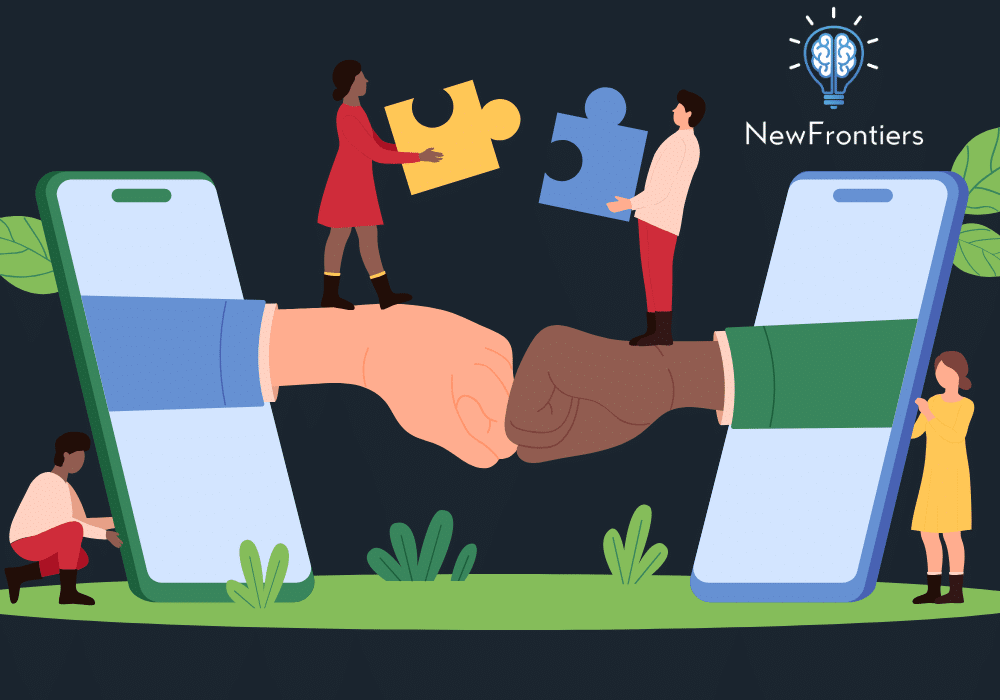Staying organized at work is often touted as a key to success. When you’re on top of that to-do list and meeting deadlines, you’re more likely to feel confident at work. But what happens when organization is a challenge? Many adults with executive function challenges struggle with planning and prioritizing work tasks on the job. This can lead to a constant sense of chaos—not to mention stress.
How do you prioritize work to ensure everything stays on track? If executive function planning and time management challenges have you feeling like your to-do list never ends, it helps to understand why this happens and what you can do to make your work days better.
How Executive Functions Can Interfere With Organization
Executive functions refer to the cognitive abilities that help you manage and regulate your brain. These goal-directed behaviors allow you to control your actions so that you can move toward your goals, adapting as needed on the way.
Executive functions include skills like inhibitory controls, working memory, cognitive flexibility, planning and prioritizing, organization, self-monitoring, goal setting, and task initiation.
In the workplace, this can manifest in various ways. Individuals might miss deadlines, not know how to prioritize tasks, and struggle when switching from one task to another. They may also find it hard to focus on work or meetings, procrastinate, or be late frequently.
The bad news: A lack of executive function can interfere with career success, affecting everything from your ability to shift between tasks to your capacity to organize your thoughts. This can take a toll on your self-esteem, making success seem even further out of reach. The good news? Executive function skills can be improved.
5 Tips for Better Planning and Prioritizing at Work
Overcoming executive function challenges isn’t complicated—but it does require some discipline and attention to detail. Try these tips to improve your planning and prioritizing of work tasks.
1. Create a List
If you aren’t already creating a literal to-do list, now is the time to start. Use a daily planner and write down all your tasks for the day. You can use a pen-and-paper agenda or a digital calendar—whatever works best for you. Once you have your task list, prioritize according to what’s most important. Number everything from most to least important based on task due dates and any other instructions from a client or manager.
2. Break Down Big Assignments
Bigger assignments that require more time can be especially daunting. Make them more manageable (and reduce the risk of procrastination) by breaking them down into smaller tasks. Create incremental deadlines for each small task, leading up to the big deadline for the overall task.
3. Track Your Results and Reward Yourself
Monitor your progress toward your goals—and reward yourself when you achieve them. An immediate reward could be something as simple as crossing an item off your to-do list. Complete a certain number of items and get yourself a treat, like a post-lunch coffee.
4. Block Your Time
There may be days when you start strong and later feel your focus fading. Blocking time for a specific task and using that time intentionally can minimize interruptions and enhance concentration. You might try something like the Pomodoro Technique, where you work in hyper-focused 25-minute stretches with 5-minute breaks. You can also set your online statuses to “heads down” or “do not disturb” to minimize interruptions. Putting blocks of focus time on your calendar can also help people avoid scheduling meetings with you during that time.
5. Get Tools to Help
Technology can help with your prioritization and planning—and many of the tools that help students succeed work just as well on the job. A planner is a great start. While a digital planner is helpful because you can access it anytime, anywhere, some people find that writing tasks down by hand helps them remember their duties and improves focus. You might also try calendar apps, a Pomodoro timer, or browser plug-ins that temporarily block your access to distracting websites.





